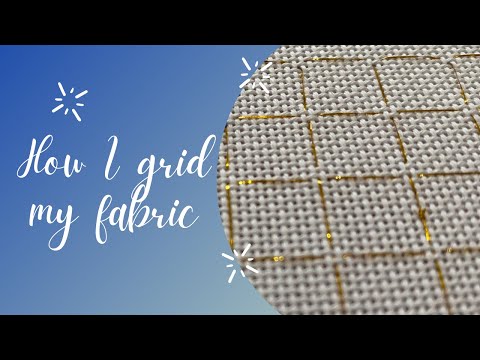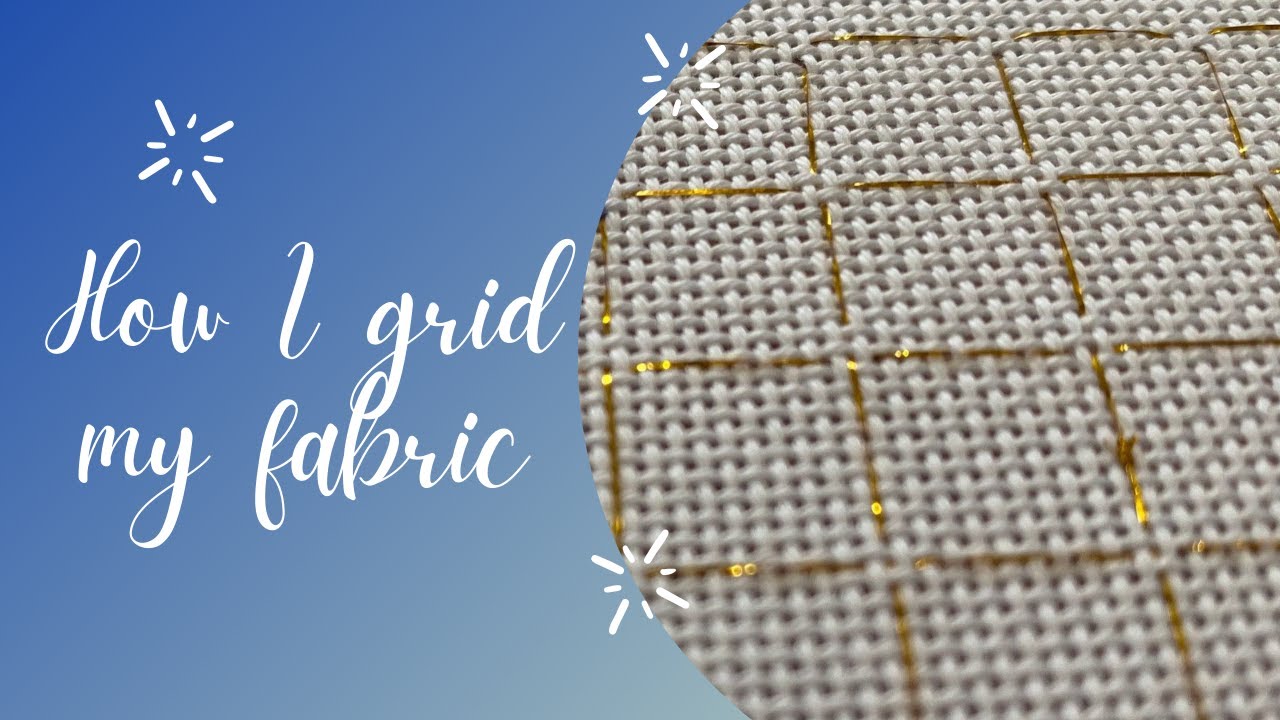The fabric grid is a revolutionary textile innovation that will captivate your imagination and transform the way you think about fabrics. This cutting-edge grid combines functionality and style to create a truly unique fabric experience. With its intricate design, the fabric grid offers a myriad of possibilities for creative expression in fashion, interior design, and beyond. Whether you’re a fashion enthusiast, an interior designer, or simply someone who appreciates fine craftsmanship, the fabric grid will surely pique your interest.
Unleash your creativity and let your imagination run wild as you explore the endless design opportunities that the fabric grid offers. Its versatile nature allows for a wide range of applications, from fashion garments that drape elegantly to home decor items that exude sophistication. The fabric grid is not just a textile; it’s a work of art that can elevate any project to new heights.
Experience the unprecedented combination of beauty and functionality with the fabric grid. Its intricate patterns and textures add depth and dimension to any creation, making it a true feast for the eyes. Whether you’re seeking a fabric that enhances your personal style or one that adds a touch of luxury to your living space, the fabric grid is the answer.
Embrace the future of fabrics with the fabric grid and unlock a world of possibilities. Its innovative design and superior quality make it a must-have for anyone seeking to make a bold statement with their creations. Discover the fabric grid and embark on a journey of creativity and inspiration like never before.

Fabric Grid: A Versatile and Sustainable Material for Various Applications
When it comes to versatile and sustainable materials, fabric grid is gaining popularity in a wide range of applications. Whether it’s used in construction, agriculture, or even fashion, fabric grid offers numerous benefits that make it an attractive choice for many industries. In this article, we will explore what fabric grid is, its uses, and why it’s a sustainable option.
What is Fabric Grid?
Fabric grid, also known as geotextile grid, is a woven fabric made from synthetic materials such as polyester or polypropylene. It features a grid-like structure with open spaces between the woven threads, creating a mesh-like appearance. This unique design allows fabric grid to provide strength, stability, and reinforcement to various materials and surfaces.
Applications of Fabric Grid
Fabric grid finds its application in a diverse range of industries, thanks to its versatile nature. Here are some common uses of fabric grid:
1. Construction
In the construction industry, fabric grid is used for soil stabilization, erosion control, and reinforcement of weak or unstable ground. It acts as a barrier against soil movement and prevents erosion, making it a crucial element in road construction, embankments, and retaining walls. The high tensile strength of fabric grid ensures long-term stability and durability of the structures.
2. Agriculture
Fabric grid plays a vital role in agriculture by providing effective weed control and promoting healthy plant growth. It acts as a barrier that prevents weed growth while allowing water and nutrients to reach the plants’ roots. This eliminates the need for harmful chemical herbicides, making fabric grid an eco-friendly solution for weed control in crop fields, gardens, and nurseries.
3. Landscaping
In landscaping projects, fabric grid is used to reinforce soil, prevent erosion, and promote the healthy growth of plants. It can be installed beneath gravel paths, driveways, and patios to stabilize the ground and prevent sinking or shifting. Fabric grid also aids in water drainage, preventing waterlogging and ensuring proper soil moisture levels.
4. Fashion and Textiles
Fabric grid has even made its way into the fashion industry, with designers using it to create unique and innovative clothing and accessories. Its grid-like pattern adds visual interest to garments, while its durability and strength make it a suitable choice for bags, backpacks, and footwear. Fabric grid is also being used to make sustainable and reusable face masks due to its breathability and filtration properties.
5. Environmental Protection
Due to its sustainable and eco-friendly nature, fabric grid is increasingly being used in environmental protection projects. It plays a crucial role in shoreline stabilization, wetland restoration, and soil conservation efforts. By preventing erosion and promoting healthy vegetation growth, fabric grid helps maintain the ecological balance of sensitive habitats.
The Sustainability of Fabric Grid
One of the key reasons fabric grid is gaining popularity is its sustainability. Here are some reasons why fabric grid is considered an eco-friendly choice:
1. Reduced Chemical Usage
By using fabric grid for weed control in agriculture and landscaping, the need for chemical herbicides is significantly reduced. This helps minimize chemical pollution and its adverse effects on the environment and human health.
2. Longevity and Durability
Fabric grid is designed to be long-lasting and highly durable. Its ability to withstand harsh weather conditions and continuous use reduces the need for frequent replacements, resulting in less waste and resource consumption.
3. Water Conservation
When used in landscaping and agriculture, fabric grid aids in water conservation by preventing waterlogging and promoting efficient drainage. This ensures that water reaches plant roots effectively, reducing the need for excessive irrigation.
4. Erosion Control
By stabilizing soil and preventing erosion, fabric grid helps protect valuable topsoil from being washed away. This is especially important in construction and environmental protection projects, where soil erosion can have severe consequences.
5. Recyclable and Reusable
Most fabric grids are made from recyclable materials, allowing them to be repurposed or recycled at the end of their lifespan. This reduces the amount of waste sent to landfills and promotes a circular economy.
Conclusion
Fabric grid is a versatile and sustainable material that offers numerous benefits across various industries. Its applications range from construction and agriculture to fashion and environmental protection. With its strength, durability, and eco-friendly properties, fabric grid is becoming an increasingly popular choice for those seeking sustainable solutions. As we continue to prioritize sustainability and environmental consciousness, fabric grid will likely play an even greater role in shaping a greener future.
“Mastering the Art of Fabric Grid: A Stitchery Lover’s Guide”
Video Source : Stitchery Lovers
Fabric Grid
Fabric Grid
A fabric grid is a structural element used in civil engineering to provide reinforcement and stabilization to soil and other materials. It is commonly used in various applications such as road construction, slope stabilization, and erosion control. The fabric grid is typically made of high-strength geotextile materials that are woven or non-woven, providing excellent tensile strength and durability.
| Property | Description |
|---|---|
| Tensile Strength | The fabric grid exhibits exceptional tensile strength, enabling it to withstand the forces exerted by the surrounding soil and resist deformation. This property ensures long-term stability and structural integrity. |
| Puncture Resistance | Due to its robust construction, the fabric grid offers excellent puncture resistance. This feature helps prevent damage caused by sharp objects or heavy machinery during installation or subsequent use. |
| Permeability | A key advantage of using a fabric grid is its permeability, allowing water to pass through. This property helps in maintaining soil drainage, preventing water accumulation, and reducing the risk of soil erosion. |
| UV Resistance | The fabric grid is designed to withstand prolonged exposure to sunlight and ultraviolet (UV) radiation without significant degradation. This UV resistance ensures its longevity and performance even in harsh environmental conditions. |
| Installation Flexibility | Fabric grids are available in various widths and lengths, providing flexibility during installation. They can be easily cut, shaped, and tailored to suit specific project requirements, making them versatile and adaptable. |
| Cost-Effectiveness | Compared to conventional soil stabilization methods, the use of fabric grids often proves to be cost-effective. They require less excavation and backfill material, reduce maintenance needs, and offer long-lasting performance, resulting in overall project savings. |
When selecting a fabric grid for a specific application, it is essential to consider factors such as soil type, expected loads, and environmental conditions. Consulting with a geotechnical engineer or an expert in the field is recommended to ensure the appropriate fabric grid is chosen to meet the project requirements.

